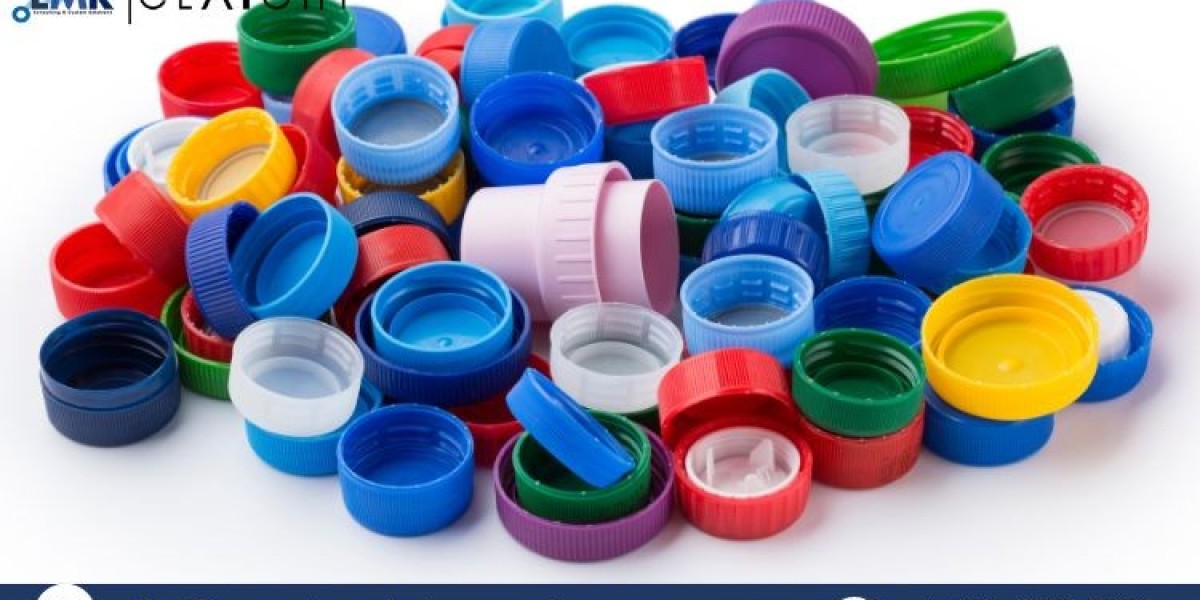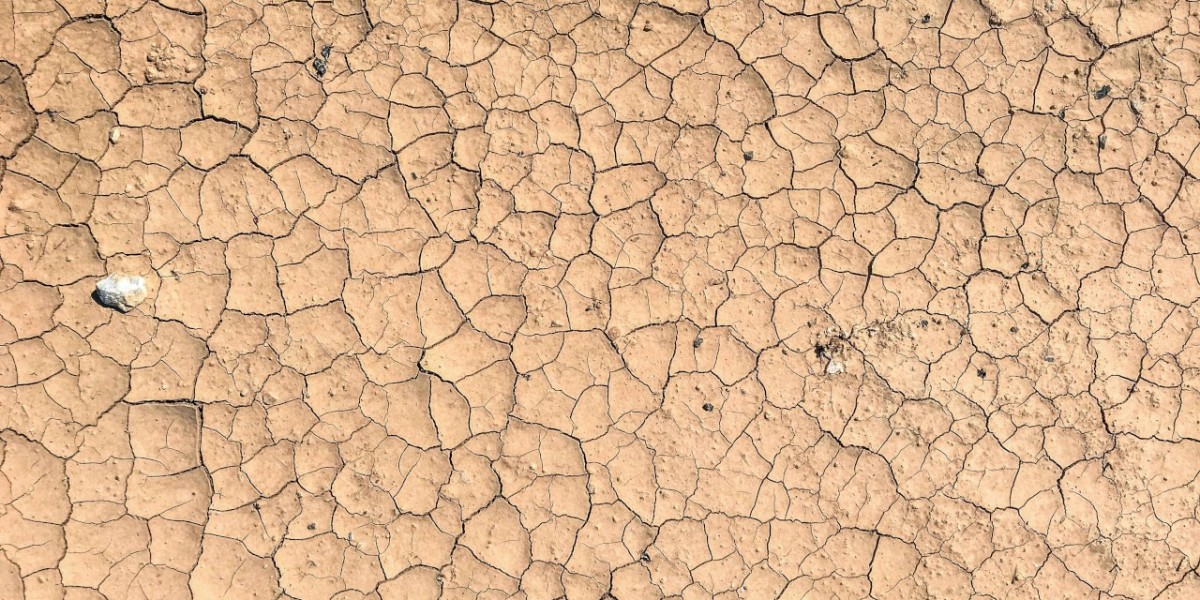The global Aerosol Caps Market Size has seen steady growth in recent years, driven by the increasing demand for aerosol products across various industries, including personal care, household, automotive, and industrial sectors. In 2023, the market stood at a value of approximately USD 400.45 million, and it is projected to grow at a compound annual growth rate (CAGR) of 3.20% during the forecast period of 2024-2032, reaching an estimated value of USD 532.61 million by 2032.
Key Benefits of Aerosol Caps
Product Protection: Aerosol caps play a vital role in protecting the nozzle and valve from accidental damage, ensuring that the product remains usable throughout its shelf life.
Enhanced User Experience: Well-designed caps provide ease of use and ensure that the aerosol product dispenses properly. They also prevent accidental discharge, adding to consumer safety.
Aesthetic Appeal: Aerosol caps come in a variety of shapes, colors, and designs, enhancing the overall look of the product, which helps brands stand out on retail shelves.
Brand Differentiation: Customizable caps enable companies to create unique packaging designs, fostering brand recognition and loyalty among consumers.
Eco-Friendly Options: Many manufacturers are now focusing on sustainable and recyclable materials for aerosol caps, which aligns with the growing consumer demand for environmentally friendly products.
Key Industry Developments
The aerosol caps market has seen several notable developments in recent years:
Sustainability Initiatives: Many companies are transitioning to eco-friendly materials such as bioplastics and recycled plastics. For instance, in 2022, Aptar Group introduced its first fully recyclable aerosol cap made from post-consumer recycled (PCR) materials.
Technological Innovations: Advances in manufacturing technology have led to the production of lightweight yet durable caps, reducing material usage without compromising quality. This helps companies lower their production costs and minimize environmental impact.
Customization and Branding: Manufacturers are increasingly offering customized designs, allowing brands to tailor their aerosol caps to fit specific marketing and aesthetic requirements, contributing to enhanced consumer engagement.
Driving Factors
Several factors are driving the growth of the global aerosol caps market:
Rising Demand for Personal Care and Cosmetics Products: The personal care industry is a significant consumer of aerosol products. Increasing awareness about hygiene and grooming, particularly in emerging markets, is fueling demand for products like deodorants, hair sprays, and shaving foams, which use aerosol caps.
Growth in the Household Sector: Aerosol products are widely used for household cleaning, air freshening, and pest control. The convenience and efficiency of aerosol-based products have boosted their popularity, further driving the demand for aerosol caps.
Expansion of the Automotive and Industrial Sectors: Aerosol products such as lubricants, paints, and coatings are essential in the automotive and industrial sectors. The growing demand for these products is expected to contribute to the expansion of the aerosol caps market.
Advancements in Packaging Technology: Innovations in aerosol packaging, including the development of eco-friendly and lightweight materials, are positively impacting the demand for aerosol caps.
Restraining Factors
Despite its growth potential, the aerosol caps market faces several challenges:
Environmental Concerns: Aerosol products have long been associated with environmental issues, particularly regarding the use of non-recyclable materials and the release of harmful chemicals. This has led to stricter regulations and reduced consumer demand in certain regions.
Fluctuating Raw Material Prices: The cost of raw materials, particularly plastics, can be volatile due to fluctuations in the price of crude oil. These price fluctuations can increase manufacturing costs, impacting the profitability of aerosol cap producers.
Availability of Alternatives: Increasing consumer preference for sustainable packaging solutions, such as pumps and trigger sprayers, may limit the growth of aerosol caps in certain segments.
Market Segmentation
The aerosol caps market can be segmented based on material, application, and region:
By Material:
- Plastic: The most commonly used material, due to its versatility, durability, and cost-effectiveness.
- Metal: Used in premium or specialized applications, offering a more robust and recyclable alternative to plastic.
- Others: Emerging materials such as bioplastics and recycled composites are gaining traction.
By Application:
- Personal Care: Deodorants, hairsprays, shaving foams, etc.
- Household: Air fresheners, cleaning products, pest control.
- Industrial: Lubricants, coatings, adhesives.
- Automotive: Paints, cleaners, lubricants.
- Others: Medical, food and beverage packaging.
Market Outlook and Trends
The global aerosol caps market is expected to experience steady growth over the forecast period, driven by increasing demand from various end-user industries. Key trends shaping the market include:
Shift Towards Eco-Friendly Materials: There is growing pressure on manufacturers to adopt sustainable practices, leading to a shift towards recyclable and biodegradable materials in aerosol cap production.
Customization and Personalization: Brands are increasingly focusing on creating unique packaging solutions that reflect their identity, driving the demand for customized aerosol caps.
Smart Packaging Solutions: Technological advancements such as smart caps with tamper-evident features and interactive designs are gaining popularity, especially in the personal care and cosmetic segments.
Regional Market Expansion: Emerging economies in Asia-Pacific and Latin America are witnessing increased demand for aerosol products due to rising disposable incomes and urbanization, providing growth opportunities for the aerosol caps market.
Regional Analysis/Insights
North America:
The North American market is one of the largest for aerosol caps, driven by the high consumption of personal care products, household goods, and automotive chemicals. The regions focus on sustainability is pushing manufacturers to adopt eco-friendly materials.
Europe:
Europe is another significant market, with a strong presence of cosmetics and personal care industries. Stringent environmental regulations are encouraging the adoption of recyclable and sustainable aerosol caps in this region.
Asia-Pacific:
The Asia-Pacific region is expected to witness the fastest growth during the forecast period, owing to the rapid expansion of the personal care and household sectors in countries like China and India. The growing middle class and increasing urbanization are driving demand for aerosol-based products.
Latin America and the Middle East Africa:
These regions are experiencing moderate growth, primarily driven by the expansion of the household and automotive sectors. However, limited infrastructure for recycling and environmental concerns may hinder growth in certain areas.
Major Key Players
The aerosol caps market is highly competitive, with several major players contributing to its growth. Some of the key players in the market include:
- Crown Holdings, Inc.
- Rackow Polymers Corporation
- Silgan Dispensing Systems.
- Clayton Corporation
- LINDAL Group Holding GmbH
- Others
Opportunities and Challenges
Opportunities:
Rising Demand for Sustainable Packaging: With consumers becoming more environmentally conscious, there is a growing demand for recyclable and eco-friendly aerosol caps.
Innovation in Design: Customization options and innovations in cap design can provide companies with opportunities to differentiate their products and attract more consumers.
Emerging Markets: Rapid industrialization and urbanization in developing countries present significant opportunities for aerosol cap manufacturers.
Challenges:
Stringent Environmental Regulations: Governments across the globe are imposing strict regulations on the use of plastics and aerosols, which could pose challenges for manufacturers.
Raw Material Volatility: Fluctuating raw material prices, particularly plastics, may increase production costs, affecting profit margins.







